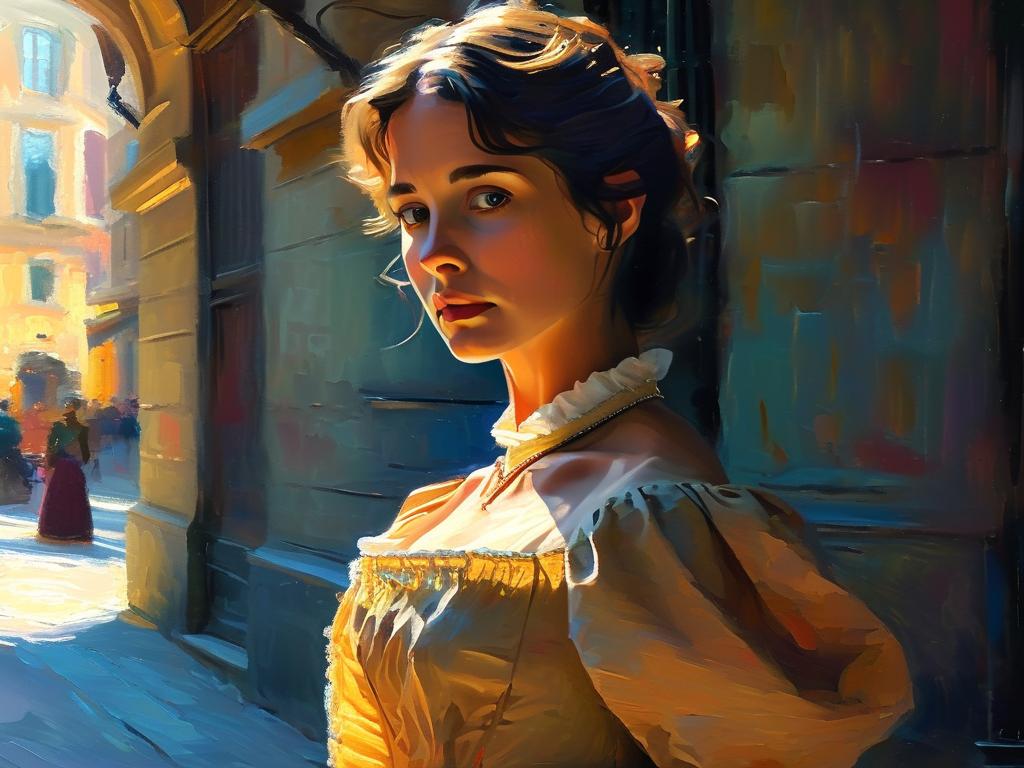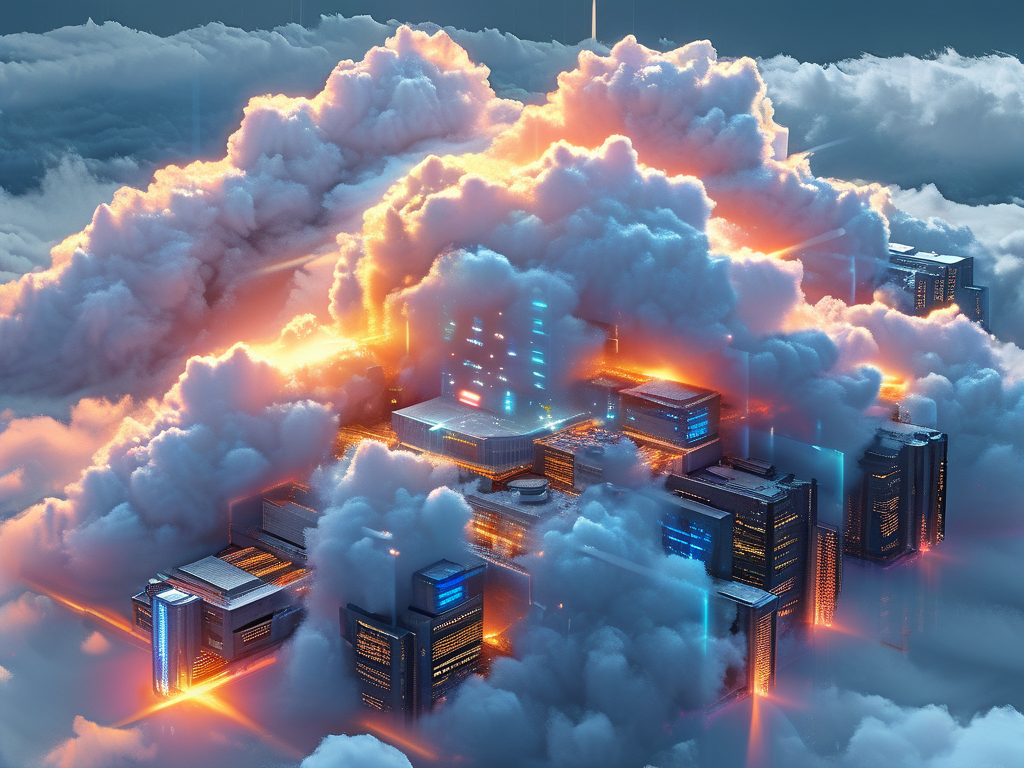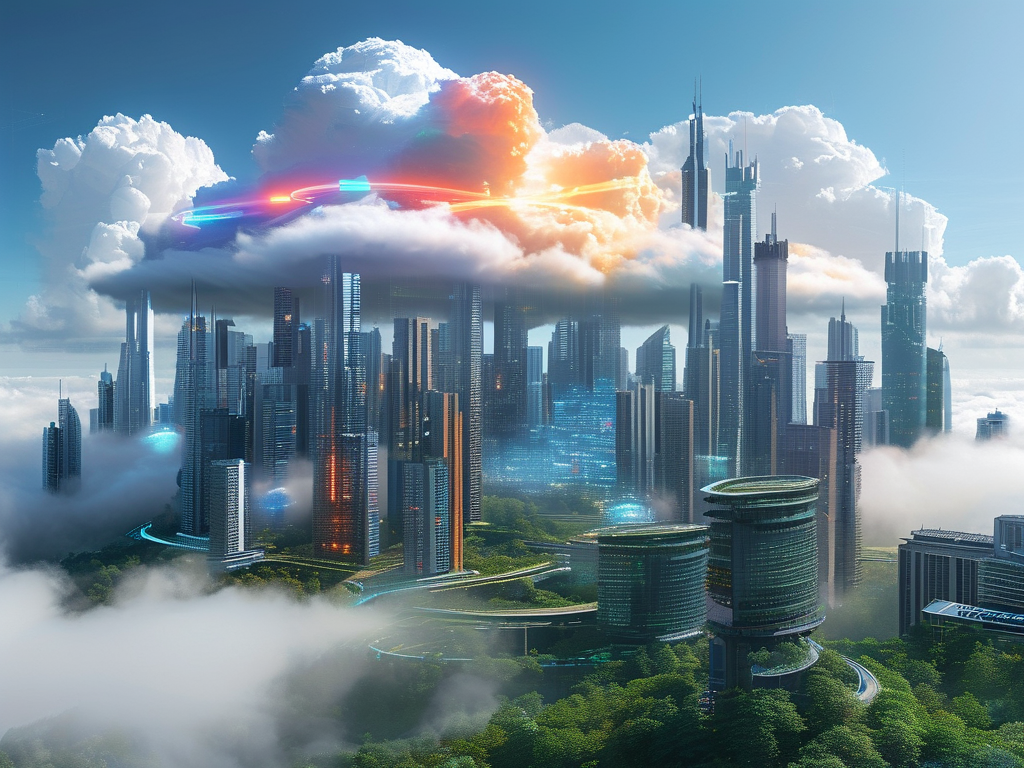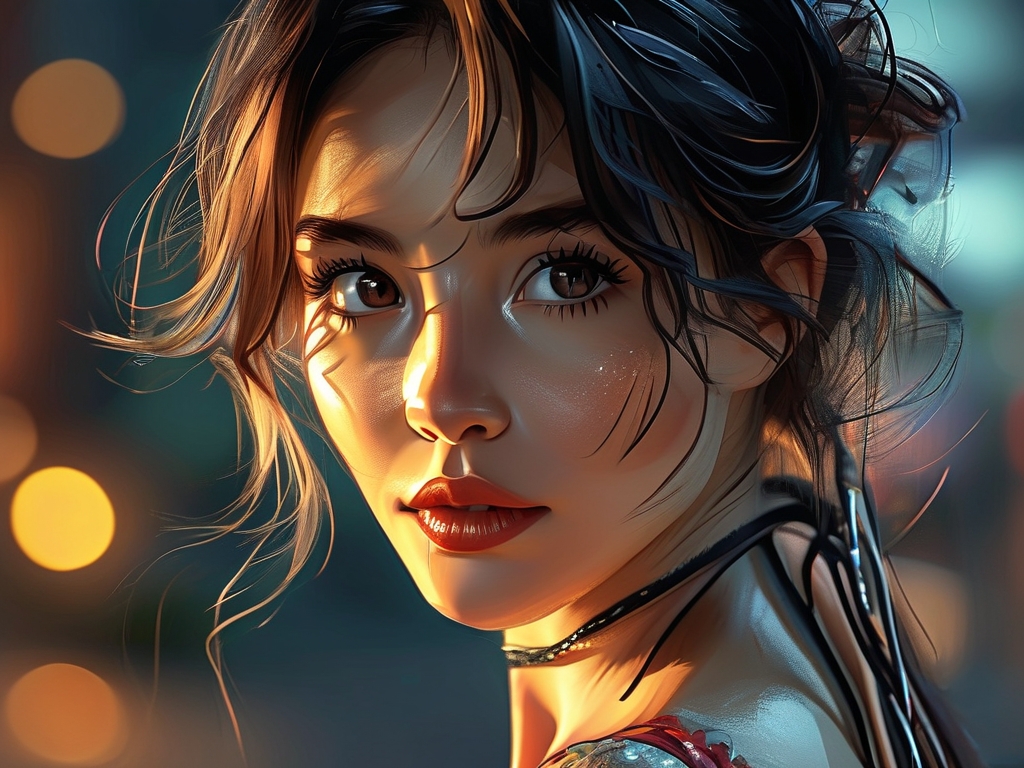The intersection of neural networks and visual creativity is redefining artistic workflows. While traditional digital art tools required manual precision, modern AI systems like generative adversarial networks (GANs) and transformer models now enable unprecedented experimentation. This article explores how these technologies reshape painting and video editing through three technical dimensions: style transfer algorithms, automated composition frameworks, and adaptive post-production solutions.
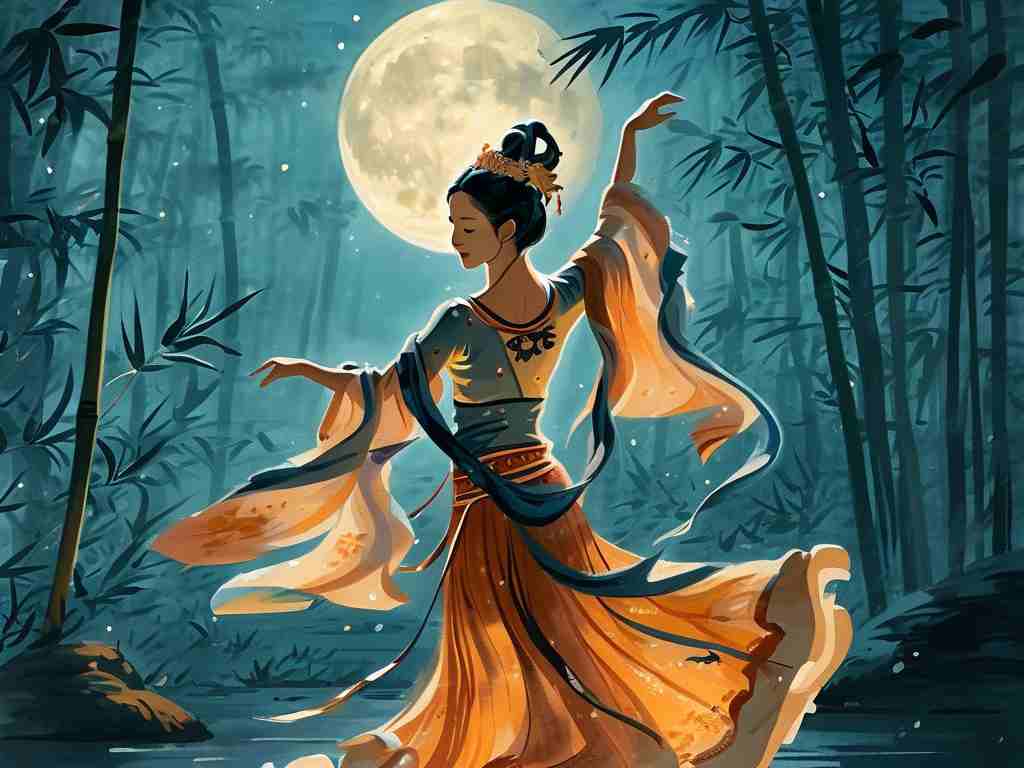
At the core of AI-powered painting tools lies latent space manipulation. Platforms like DeepArt and Artbreeder utilize convolutional neural networks (CNNs) trained on millions of artwork samples. Unlike basic filters, these systems decompose visual elements into mathematical vectors, allowing artists to hybridize styles through parameter interpolation. For instance, blending Van Gogh's brushstrokes with Hokusai's wave patterns becomes a matter of adjusting sliders rather than weeks of manual painting. Recent upgrades incorporate attention mechanisms that preserve critical details during style fusion - a capability demonstrated in Nvidia's Canvas 2.1 update last March.
Video editing presents unique challenges that transformer architectures are uniquely equipped to handle. Systems like Runway ML's Gen-2 now parse temporal relationships between frames using 3D convolutional layers. This enables context-aware clip sequencing where the AI recognizes narrative arcs and adjusts transitions accordingly. During tests with documentary footage, these models reduced rough-cut assembly time by 68% while maintaining coherent visual flow. The underlying architecture combines:
# Simplified pseudo-code for temporal analysis
def analyze_scene(clips):
spatial_features = 3D_CNN.extract(clips)
temporal_links = Transformer.predict_sequence(spatial_features)
return optimal_edit_points(temporal_links)
Critics argue that AI tools might homogenize artistic expression, but emerging countertrends suggest the opposite. StyleGAN3's non-linear interpolation capabilities actually amplify individual quirks when properly configured. Digital painter Elena Torres reported creating 12 distinct visual dialects for her gallery show by "teaching" the network to exaggerate specific brush pressure patterns from her tablet input data. This symbiotic approach - where human intuition guides machine precision - is becoming standard in prosumer applications.
The hardware evolution further enables real-time neural rendering. AMD's latest RDNA3 GPUs with dedicated AI accelerators can process 8K video stylization at 24fps, eliminating previous latency barriers. When paired with open-source frameworks like Stable Diffusion's video extension, creators can iteratively refine outputs through natural language prompts. During a recent film restoration project, this combo successfully colorized archival footage while preserving era-specific film grain textures - a task that previously required frame-by-frame manual adjustment.
Ethical considerations remain crucial as these tools evolve. The controversial "DeepStyle" patent dispute between two AI startups highlighted unresolved questions about artistic ownership in neural-generated content. However, new blockchain-based attribution systems (like ArtLedger) are emerging to track contribution percentages between human creators and AI models throughout the creative pipeline.
Looking ahead, the integration of neural radiance fields (NeRFs) promises to bridge 2D and 3D creative workflows. Early adopters in animation studios are already using these techniques to convert storyboard sketches into provisional 3D scenes, dramatically accelerating pre-visualization phases. As these technologies mature, the distinction between painter, cinematographer, and machine learning engineer will blur into hybrid roles - a transformation as profound as the transition from oil paints to Photoshop.
The neural art revolution isn't about replacing artists but expanding their sensory vocabulary. By treating algorithms as collaborative partners rather than mere tools, creators gain access to multi-dimensional creative spaces where serendipitous discoveries await at the intersection of human intuition and machine intelligence.


